The Victoria and Albert Museum (known as the V&A to locals and visitors alike) in South Kensington, London, has an awe-inspiring collection of decorative arts that spans 5,000 years of human creativity.
The museum opened in 1852 with the aim of making art available to everyone, and then moved to its current location in 1857. The building it is housed in now wasn’t constructed until 1899 — Queen Victoria herself laid the foundation stone.
There is a wealth of museums filled to the brim with an excess of historic objects and art in London — The British Museum, The Tate Modern, The National Portrait Gallery, and The Natural History Museum, to name only a few.
With all these options, why would you visit the V&A?
The V&A isn’t as busy as the other museums in London
As I mentioned above, there are endless options in London if you want to see breathtaking artwork or be surrounded by jaw-dropping historic objects. But, those heavy-hitters listed above tend to draw the largest crowds — especially crowds of families with children.
The V&A, though with some programming for young visitors throughout, is clearly not a museum that kids will get excited about. It celebrates detail and nuance that doesn’t have the same impact on a little viewer that the Natural History Museum (located next door) has.
That is why I found myself walking through the gigantic front doors of this huge space almost alone one Saturday morning, while the Natural History Museum had a line of families stretching around the block.
If you are someone who likes the thrill of walking into a gallery space and being completely alone to take in the art and objects, you will find that here.
The Victoria and Albert Museum is FREE
Like all the major museums in London, the V&A is free! (Donations are welcome, however!)
The unique way the objects are displayed
You will find yourself transitioning between a marble entryway, to the austere white walls of a traditional gallery, to a traditional English living room from the Victorian era.
Thousands of objects are grouped together in glass cases (check out the mind-blowing porcelain collection on the top floor), paintings are hung in groups, sculptures line a grand hall, and precious objects from different countries are displayed under dim lights in high-ceilinged rooms.
Every turn you take is an adventure — you never know what era you are about to walk into, or what type of object you will stumble upon.
The historic clothing collection
I have never visited a museum that had such a vast amount of historic clothing on display — I am sure many have impressive collections stored behind the scenes, but it is rare to see these collections in the galleries.
On top of clothing being scattered amongst the galleries, appearing beside objects from the same era, there is a separate gallery that shows a rotating display of male and female fashions from the 1800s (likely earlier when different displays rotate in) to the present day.
The jewelry collection at the V&A is awe-inspiring
Located in a long dimly lit room, thousands of pieces of jewelry and precious objects that cross countries and time periods sparkle in the jewelry gallery.
All behind glass set on black, there are tiaras, necklaces, crowns, combs, huge diamond rings, and emerald necklaces — anything and everything that sparkles. It is literally dazzling, and incredibly overwhelming.
Don’t miss going up the spiral staircase to the small mezzanine that houses precious objects like snuff cases, small metal purses, and other objects that I had no idea could be so intricate and detailed.
Stumbling upon beautiful objects of immense historical value
I cannot even count the moments that I would walk up to a display case and be told I was looking at an object that was almost 3,000 years old. Or something considered to be the pride of the collection.
The Luck of Edenhall, about 1350 — This luxury Syrian glass object in pristine condition is one of the most famous objects at the V$A. It is possibly a souvenir from a pilgrimage to the Hold Land.
Horse, AD 25-220, Eastern Han dynasty — This almost 2000 (!!) year old earthenware horse was found in a tomb and represents an imported Central Asian breed that was considered superior to the native horses.
The objects that are housed in the 146 galleries of this museum are incredibly valuable for what they can teach us about how people not only survived, but lived and built vibrant cultures.
The Cast Court at the V&A is a must-see
To be honest, I hadn’t done a ton of research on the museum before I visited (I like to be surprised and delighted sometimes), and so I was not aware that there was a Cast Court in the museum.
When I turned the corner into this room, my breath was literally taken away. In front of me was Trajan’s Column, broken into two pieces, Michaelangelo’s David, the facades of multiple churches — all reproduced in actual size with as much detail as the originals had at the time.
Casts of famous objects, and even buildings, were popular at the time when England was colonizing the world, and the English wanted to see all the wonders that those coming home were telling tales about. Travel was not as easy then, however, so instead of the people going to the places where this art lived, careful casts were made of these historical objects, and they were then reproduced at home.
The Cast Court is where you will get to see — up close and personal — many of these objects. What is interesting is that some of the originals live outside, so the copies now show more detail than the originals that have been exposed to the elements. For example, Trajan’s Column currently sits out in the open in the Forum in Rome. The cast was created in 1864, and shows detail that is likely lost from the original.
The courtyard coffee shop + gift shop
I love a good coffee shop and gift shop at a museum, but not all are created equal. Both of these at the V&A definitely deliver.
Now, there are a few options to grab snacks, lunch, or coffee at the museum, but my preferred spot was in an inner courtyard. At most museums, the only way to go outside is through the entrance door, but the V&A has an inner courtyard with grass, a pond, tables and chairs, and a cafe.
There is nothing better than resting your feet (and your brain) with a coffee and snack in the fresh air under a blue sky (well, it was blue when I was there, but, this is London — I cannot promise blue sky on your visit).
The gift shop is equally impressive. It has a great collection of art books, art prints, and jewelry, as well as the usual quirky souvenirs that you find at any museum. It’s housed just behind the central court, close to the entrance, so it’s easy to find on your way out.
Location: Cromwell Rd, Kensington (South Kensington Station)
Admission: Free
Hours: Check the website to confirm — at the time of writing, the V&A was open until 10 pm on Friday nights
Pin Me
Related Posts
Meet The Author
Lindsay Shapka is an avid traveler and the creator of The Anthrotorian — a website dedicated to sharing travel tips, stories about adventures, culture quirks, artists you should know, fascinating bits of history, and more!
She is also an artist, marketing specialist, editor, and freelance writer who has work featured on websites, blogs, and in magazines like National Geographic Traveler.








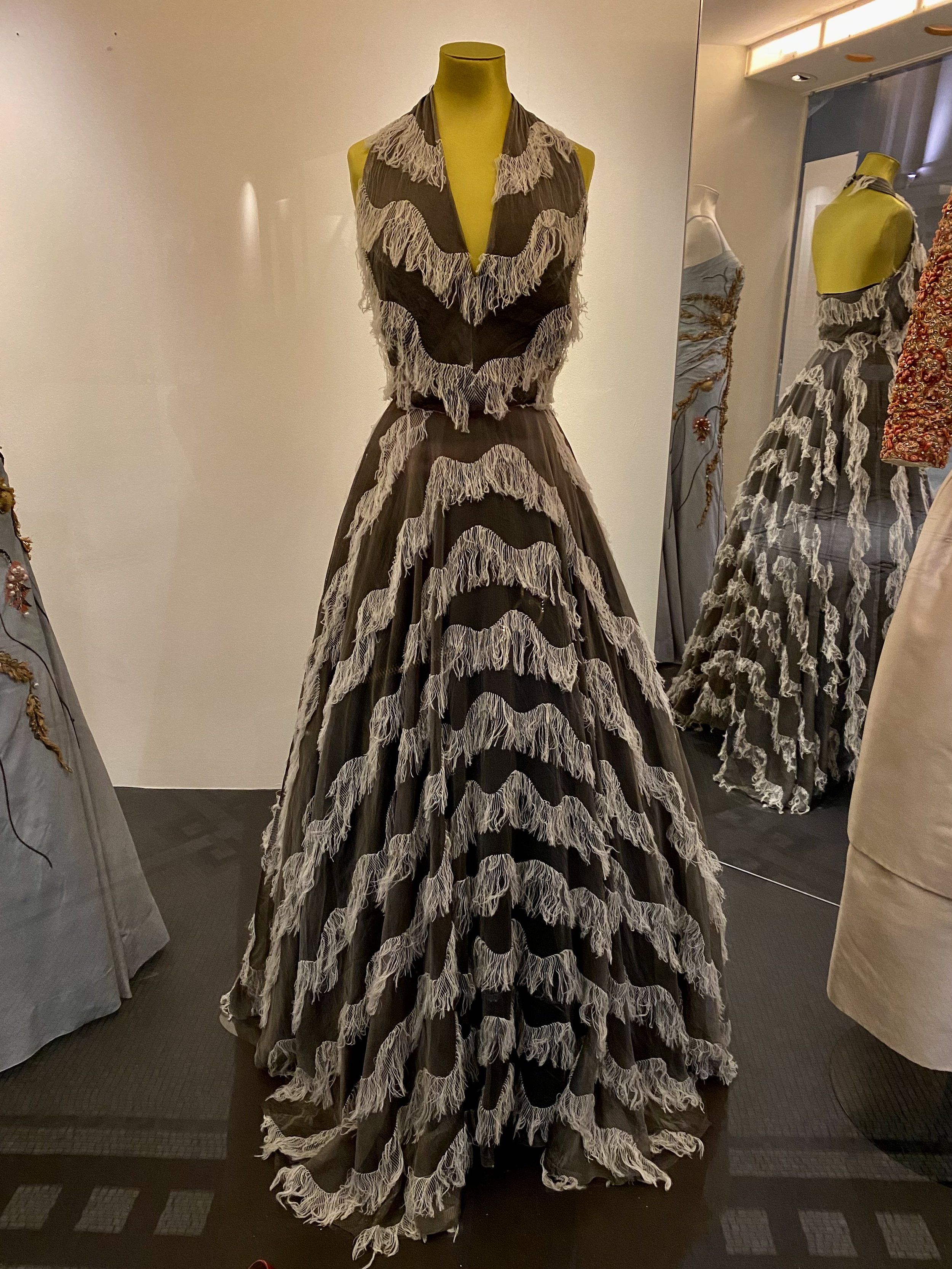
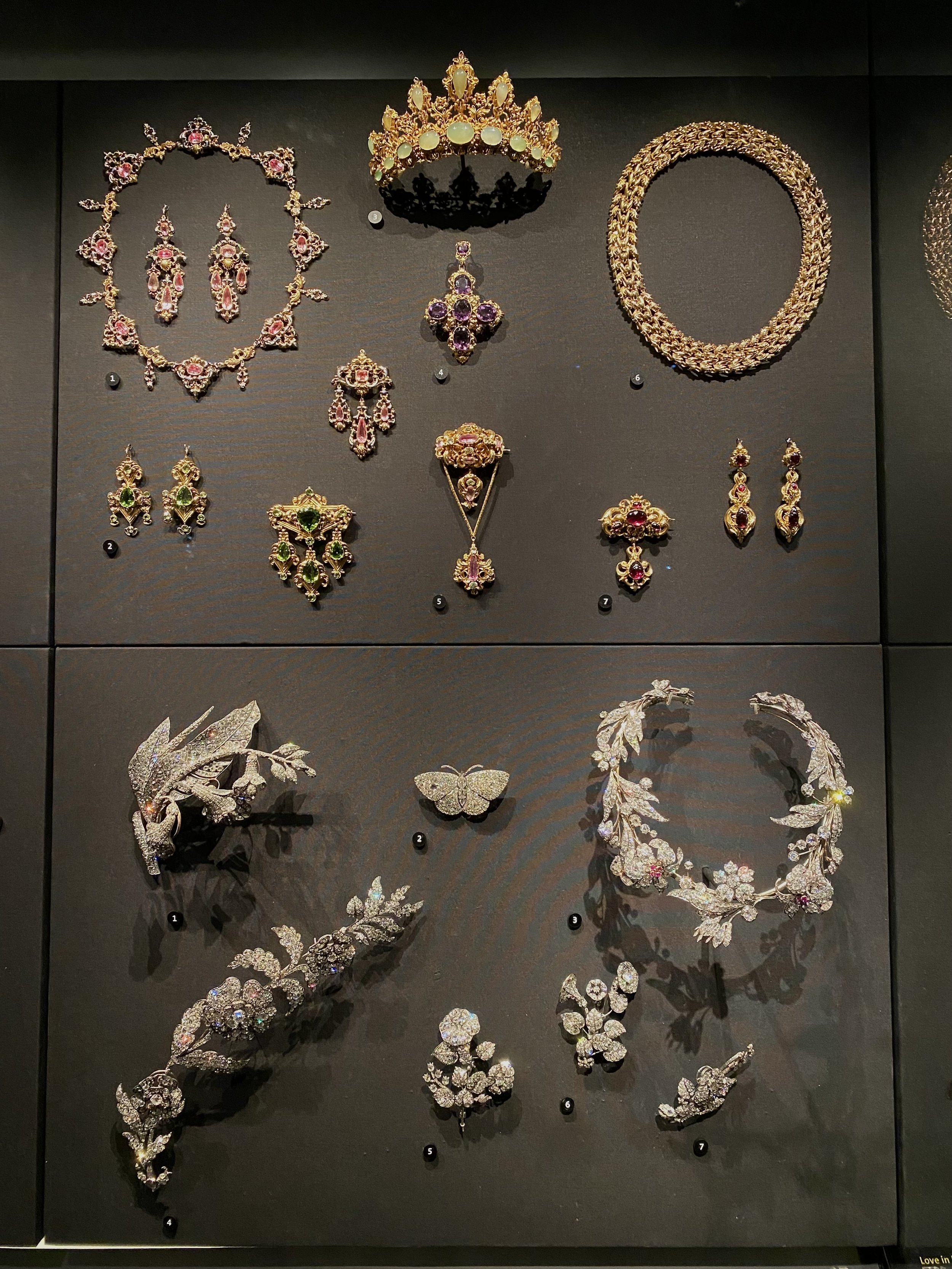


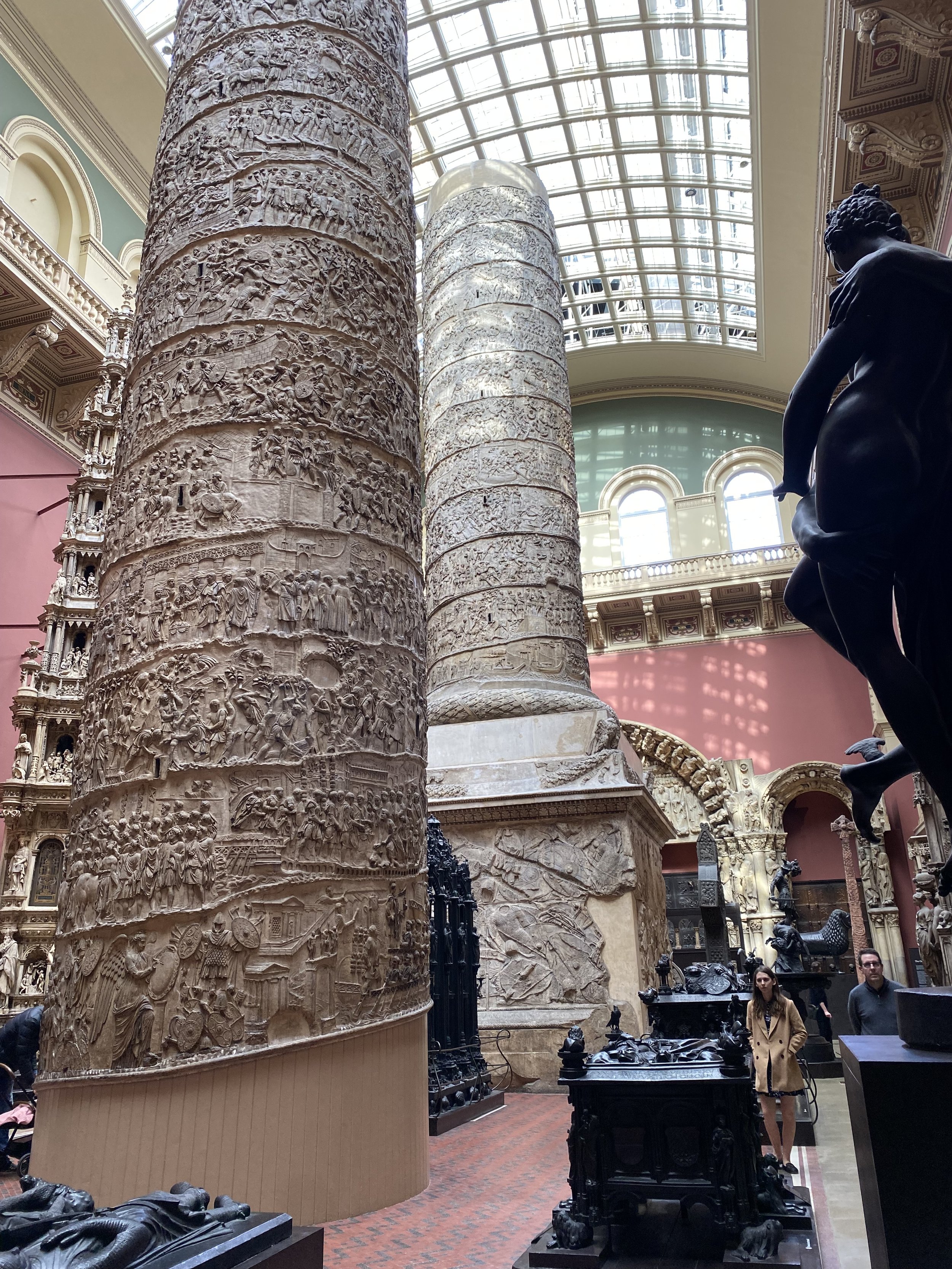










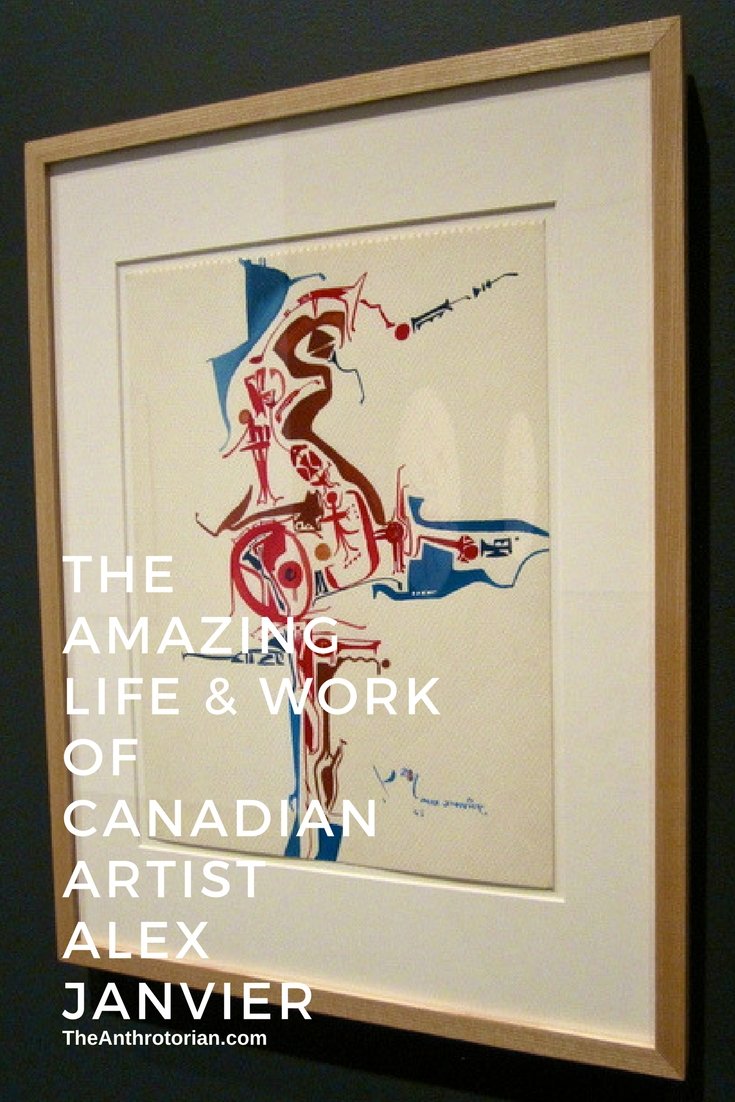


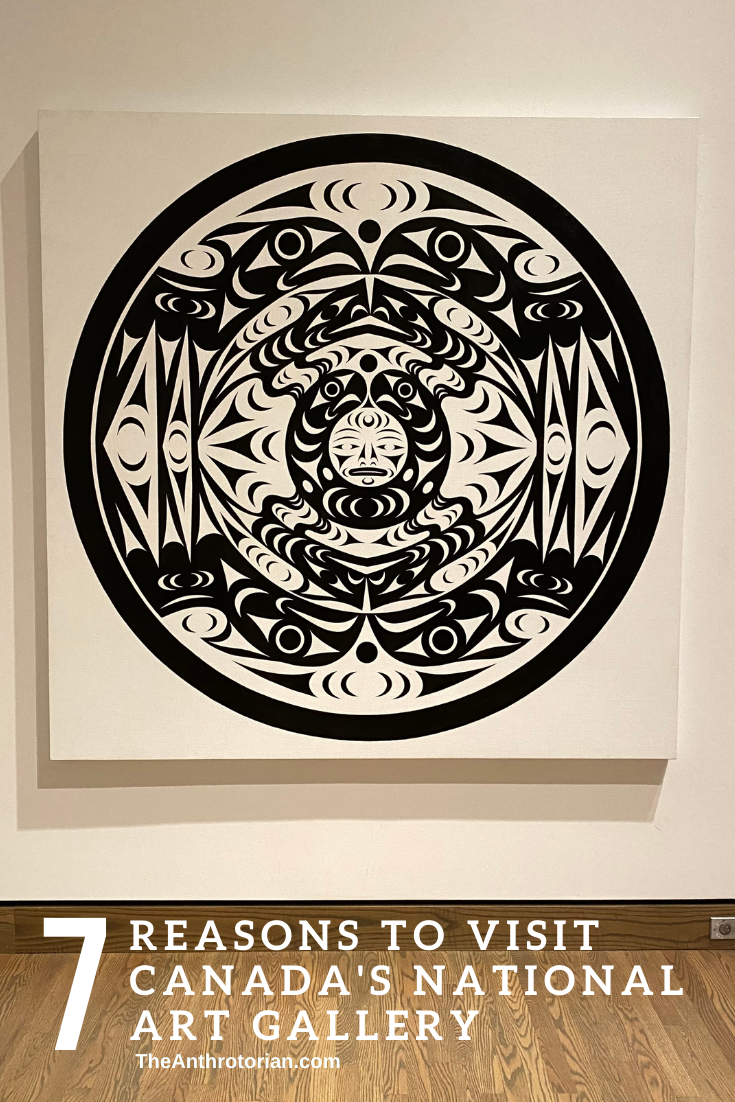

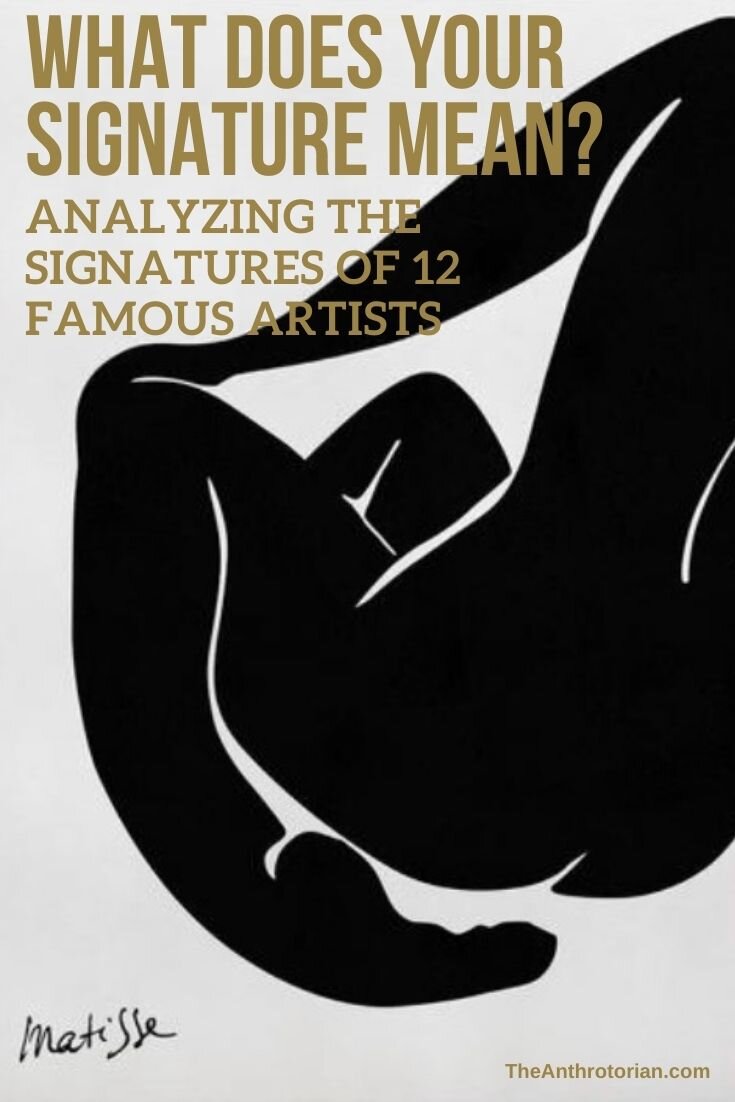

This stunning work by Picasso is housed in the Museu Picasso in Barcelona.
I was completely enchanted by this work when I came upon it while walking through the museum one afternoon. It is oversized, and unlike anything that I had ever seen before — by Picasso or any other artist for that matter.